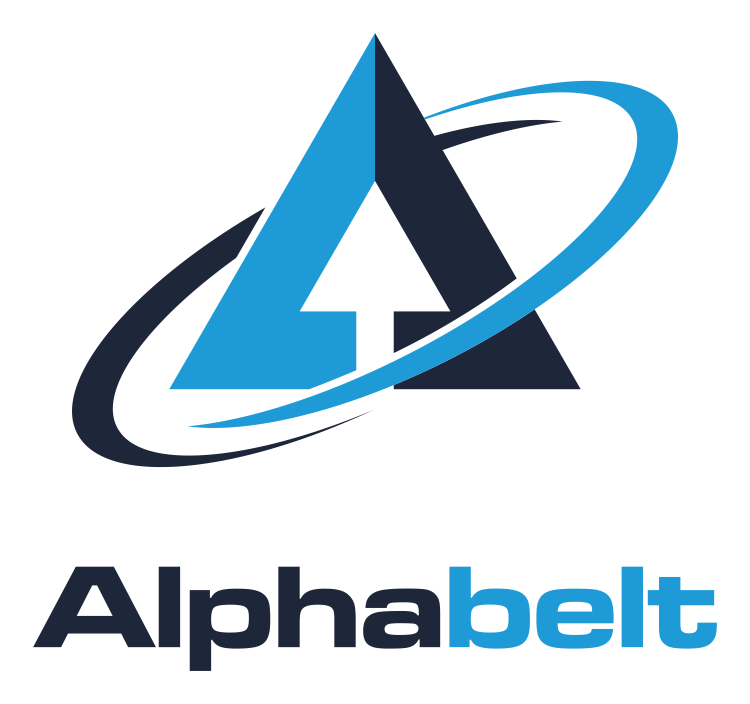Belt connections
If a belt is damaged and has to be replaced, it is often necessary to disassemble a part of the plant first in order to install a new endless belt. A simpler and faster replacement is made possible by belt connections. Here, the open belt is installed in the machine and the two ends are not joined until there to form a closed ring.
Although subsequently joined belts achieve only part of the tensile strength of endless belts and should therefore not be used for power transmission, they do offer uncomplicated installation and a significant reduction in repair times.
Belt ends can basically be joined in two different ways: By fusion joint welding and by mechanical splicing.
Fusion joints
All fusion joint processes are basically suitable for belts made of thermoplastics, as the two belt ends are fused together under pressure and heat. The specific processes differ mainly in the preparation of the belt ends.Welded finger joints
Finger or z-joints are made by punching the two opposite ends of the strip into a z-shape, so that the tapered ends can be fitted into each other. Punching is done with hydraulic presses, which are also available in mobile versions. Belts and tension cords can be cut neatly with the punching tool. Simple finger connections are very suitable for splicing single-ply, moderately strained belts. For multi-layer belts and heavier loads, overlapped finger joints are used. In this case, the belt ends are first split open and the fingers are then punched into the individual plies with an offset to each other. Once the belt has been prepared in this way, it can be mounted in the plant. Now the two ends are molten and pressed together in a mobile welding press so that a durable connection is created.Welded meander joint
The meander joint differs from the finger or z-joint mainly in the way the belt ends are cut. The individual finger ends do not taper to a point but are shaped like a meander. In this process, too, the belt ends are prepared with a punching tool and only after assembly are permanently welded together using a welding press.Mechanical joints
If a welded joint is not an option, for example because the belt is not made of purely thermoplastic materials or because welding is not possible in the plant, there are various mechanical alternatives available.Mechanical connector in plastic
Mechanical connectors made of plastic allow timing belts to be installed even in hard-to-reach places. In preparation, a spiral-shaped connector is mounted at each end of the belt. These can then be joined on site by means of a connecting pin. No tools are required for closing the belt. The strength of this connection is about 40% of a welded connection. Mechanical connectors made of plastic are therefore best suited for conveying applications without sudden loads.PinJoint connector
PinJoint connections consist of several interlocking fingers at the belt ends, which are held together by a defined number of pins. The contour of the splice zone can be precisely cut into the belt ends using a water jet. Through each tooth of this zone, a transverse hole is drilled. If the two ends of the timing belt are now fitted together, they can be fixed in place by means of the threaded pins screwed transversely through the teeth. All that is needed to screw in the pins is a cordless screwdriver. The joined belt provides very smooth running, but the strength of the connection is only about 20% of a welded one.ERO Joint HP connector
The ERO Joint HP connection is also held together by a pin in a cross bore. Here, however, only a single tooth is reworked into a hinge joint and held together by a stainless steel pin. This provides a mechanical strength and elongation comparable to that of a welded belt joint, and thus significantly higher than that of a PinJoint connection. The ERO Joint HP system can be combined with all types of coatings, is available for all common tooth shapes and pitches, and can be used on belts between 10 and 450 mm in width.
Contact




